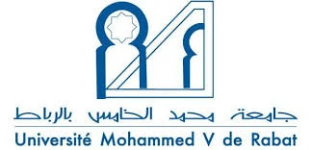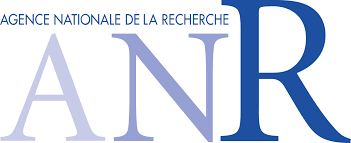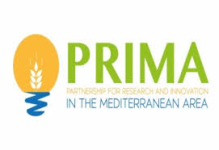NPP-SOL approach and solutions stem from the recognition of the complexity of agricultural NPS problems. This complexity requires different types of solutions from farmers and WRM, WUA and regional and national EA. This is certainly more challenging than acting with all-purpose solutions (which generally means qualitative and vague solutions). NPP-SOL consciously avoids uniform and one-sized strategies for all the conditions, as they have been generally perceived by the farmers as distant and out of their control. By contrast, farm-scale technologies but diffuse over the whole agricultural basin can be seen closer by the single farmer, who could closely and immediately perceive the impacts of introducing new practices and technologies.
The solution strategy adopted in NPP-SOL follows two interrelated paths:
On one side, solutions must come from a change of attitude in the management of irrigation water and nutrients by appropriately quantifying their profitability and by incentivising the agricultural sector to maximize the economical return per unit of water and nutrients. This can be achieved by providing them with appropriate support tools to correctly identify actual crop water and nutrient requirements and determine the optimal timing, quantity and quality of irrigation water and nutrients to each farm to maximize crop yields, while minimizing deep percolation and/or runoff fluxes of water and nutrients, and thus water losses and ground and surface water degradation. In this context, the use of dynamic, physically-based agro-hydrological models, describing simultaneously water, nutrients, salts and other solute processes, coupled to dynamic bioeconomic models, may significantly enhance the management of irrigation water and fertilizers resources by farmers, even in presence of salinity.
On the other side, in strict collaboration with EA, WUA and WRM, technological tools must be made available to prevent the detrimental environmental impact upon soil and water resources coming from agriculture NPS pollutants, possibly by intercepting the pollutants before they reach the groundwater and surface water bodies. Big-sized interventions should be avoided, as the farmers generally perceive them as distant and out of their control. By contrast, NPP-SOL promotes small-to-medium (small = farm scale; medium = group-of-farms scale) technologies but diffuse over the whole agricultural basin, which have the advantage that the farmers may closely and immediately see their impacts on the quality of the water leaving the cultivated depth to the shallow groundwater and/or the surface drainage network, and from this to natural wetlands and coastal zones.
Obviously, farmers have to be assisted and supported by WUA, EA, WRM. The proposal includes an essential part on TCB dedicated to the training of technicians who will have the role of supporting farmers beyond the project duration (i) in the application of site-specific best practices generated by the project, (ii) in monitoring the effectiveness of the applied technologies and their fine-tuning over time, and (iii) in spreading the tested and optimised technologies throughout the area affected by NPS pollution.
Several WUA, EA and WRM, institutions whose mandate is to manage water resources and protect their environmental quality in the partner countries, have co-designed this proposal and confirmed their willingness to participate in the NPP-SOL partnership and activities.
The proposed methodology is organised into laboratory and field scale research activities based on the integration of research and innovative activities, included with a deep analysis of the local environment conditions that drive the final technological solutions and the proposal of good practices, through a participative approach. In designing the NPP-SOL project, we have chosen a straightforward structure, with the number of WPs reduced to the essentials. The well-defined objectives of NPP-SOL require a limited number of activities but with dense scientific content. This allowed us to clearly identify who has to do what, thus avoiding intricate, and sometimes incomprehensible, cross-links between WPs. For us, this is a project's strength: simple, well-defined activities but with high-density research content, both at the basic and application level. Accordingly, the Deliverables of each WP and the Milestones will be intentionally limited to the essential, to guarantee their actual accomplishment.
NPP-SOL project will be implemented in four Case Studies (CS) located in 4 Mediterranean countries: Israel, Italy, Morocco and Spain. In all the test sites, preliminary activities will consist of analysing the Pollutant Sources Analysis (PSA) of NPS pollutants (mostly involving UB and UNICA), as well as the dominant actual soil, water, fertilizers and crop farm practices (mostly involving UNIBAS, ARO, MOAG, INRA, UM5, CIHEAM-IAM). Thus, MT (coming from UNIBAS and CIHEAM-IAM) will be used to identify SSBMP aiming to attenuate NPS pollutants production and transport to water bodies, and to support the designing and optimization of the site-specific PPT. The bioeconomic component of the MT (CIHEAM-IAM) will allow evaluating cost-benefits related to both SSBMP and PPT. The Co-Testing (CT) phase (involving all the partners and the SEs) is pivotal in the project, as it will validate the technical-economic feasibility of the SSBMP and PPT in each specific environmental, social and economic context considered in the project. The economic performance of the SSBMP and PPT, co-designed with local stakeholders, will be optimised by using the bio-economic component of the MT. Furthermore, the CT phase will transfer the technical operability of SSBMP and PPT to technicians (TCB). The CT phase guarantees Farmers Awareness (FA) in the environmental issues related to their farming activities and, connected to this, spreading the SSBMP and PPT.
SSBMP and PPT are not thought to work independently but rather in a virtuous sequence where SSBMP will look for minimising the pollutant loads to be treated by PPT. In this sense, by analysing different alternative scenarios, the MT will identify the best management options of water and agro-chemicals (timing, quantities, application splitting), as well as of agronomic practices (tillage, crop rotations, organic matter content) to minimise the pollutant mass into water leaving agricultural fields and flowing to the surface and groundwater bodies, still maintaining profitable farmer activities. MT will also provide the technical information (estimations of water fluxes and pollutant masses to be treated, residence time, hydraulic gradients, etc.) to design and develop the PPT aiming to finalise the abatement of the pollutants already attenuated by the SSBMP. SSBMP will be strictly related to the CS, so that the same PPT could require different BMP depending on the physical context where PPT have to be developed. In PPT designing, SSBMS will be further adjusted looking for PPT operativity optimization.
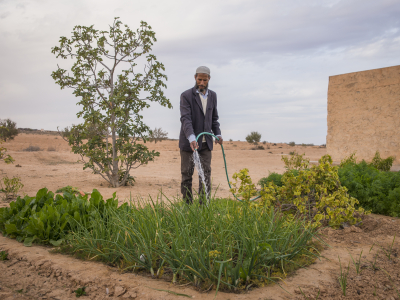
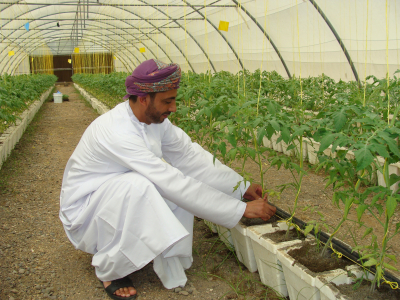
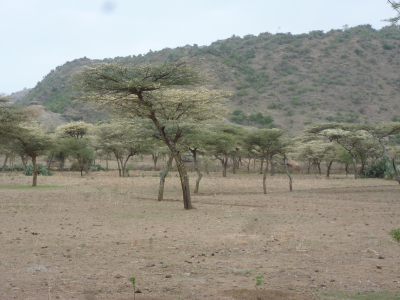







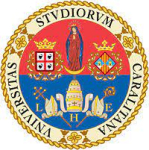
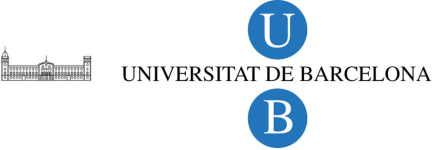
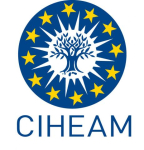
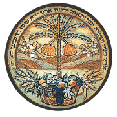
.jpg)
